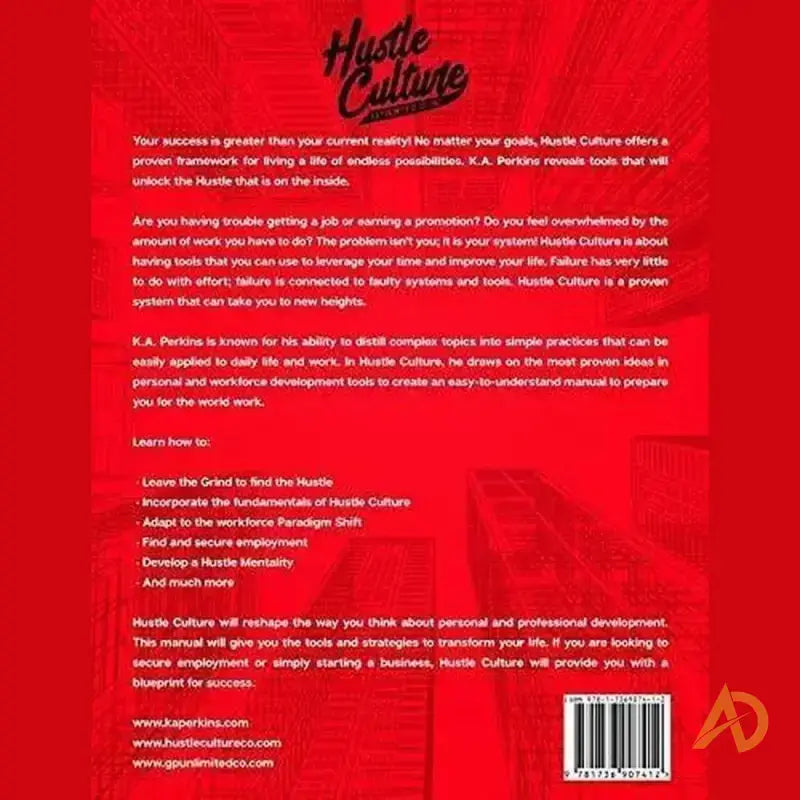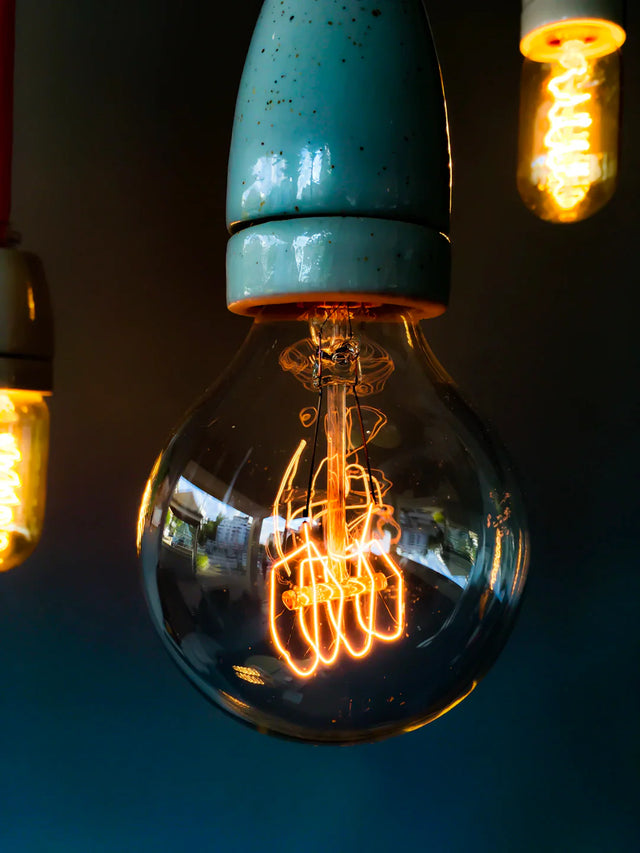Boost Work-Life Balance with Proven Productivity Strategies and Time Management
Overview
This article explores effective productivity strategies to prevent burnout and maintain energy, including mastering time management techniques like the Eisenhower Matrix and Pomodoro Technique, achieving work-life balance, utilizing technology, prioritizing health and wellness, incorporating mindfulness practices, fostering collaboration, and embracing continuous learning. Implementing these strategies can enhance your productivity and overall well-being.
Frequently Asked Questions
1. What are some signs of burnout?
2. How can I improve my time management skills?
3. What strategies can help achieve work-life balance?
4. How can technology enhance productivity?
5. What mindset shifts can enhance productivity?
In today’s fast-paced world, maintaining momentum can often feel like an uphill battle. Many people struggle with burnout, especially when trying to juggle multiple responsibilities. At Avodah Dynamics, we understand the delicate balance between staying productive and avoiding the exhaustion that can come with it. This article will explore effective productivity strategies to help you stay energized, maintain motivation and ultimately flourish in your personal and professional life.
Understanding Burnout: The Silent Productivity Killer
Burnout is a state of emotional, physical, and mental exhaustion caused by prolonged and excessive stress. When you’re constantly pushing yourself to meet deadlines and achieve goals, the risk of burnout increases significantly. Recognizing the signs of burnout early can make all the difference. These signs include:
- Persistent fatigue and tiredness
- Reduced performance at work or in daily activities
- Feelings of cynicism and detachment
- Increased irritability
- Difficulty concentrating
Understanding what burnout looks like is essential. By acknowledging these symptoms, you can implement appropriate productivity strategies to help mitigate the effects of prolonged stress.
The Art of Time Management
One of the most efficient productivity strategies involves mastering time management. Time is your most valuable resource, and how you allocate it can determine your overall effectiveness. Here are several time management techniques you can incorporate into your daily routine:
Prioritization with the Eisenhower Matrix
The Eisenhower Matrix is a powerful decision-making tool that categorizes tasks into four quadrants based on urgency and importance. By distinguishing between what is urgent and what truly matters, you can focus your energy on tasks that propel you forward. The four quadrants include:
- Urgent and Important: Tasks to tackle immediately
- Important but Not Urgent: Tasks to schedule for later
- Urgent but Not Important: Tasks to delegate
- Neither Urgent nor Important: Tasks to eliminate or minimize
The Pomodoro Technique
The Pomodoro Technique is another popular time management method that helps boost focus and productivity. The principle is simple: break your work into intervals of 25 minutes followed by a 5-minute break. After completing four intervals, take a longer break of 15 to 30 minutes. This structured approach not only prevents burnout but also keeps your brain engaged and refreshed.
Finding Your Rhythm: Work-Life Balance
Work-life balance is crucial for maintaining momentum over time. Achieving this balance can be challenging, especially when work demands encroach on personal life. Here are some effective strategies to help you establish a healthier work-life balance:
Set Clear Boundaries
Establishing boundaries between work and personal life is vital. Consider setting specific work hours and stick to them. Communicate these hours with colleagues and family, ensuring everyone understands when you are available. Respecting these boundaries will allow you to recharge effectively during personal time.
Schedule “Me Time”
Just as meetings are non-negotiable commitments, so should personal time be treated as essential. Make time for activities you enjoy, whether it's reading, exercising, or spending time with loved ones. Carving out dedicated “me time” can help replenish your energy and keep you motivated.
Utilizing Technology to Your Advantage
In the modern workplace, technology can be both a blessing and a curse. However, when utilized effectively, technology can streamline processes and enhance productivity. Here are a few tech tools that can help:
Project Management Software
Investing in project management software is one of the most efficient productivity strategies. Tools like Trello, Asana, or Monday.com can help you keep track of tasks, deadlines, and collaborations. These platforms make it easy to visualize progress, ensuring you stay on track without overwhelming yourself.
Mindfulness and Productivity Apps
Mindfulness apps like Headspace or Calm can be incorporated into your daily routine to help you manage stress. These apps often feature guided meditations, breathing exercises, and relaxation techniques that can enhance focus and reduce burnout.
The Importance of Health and Wellness
Your physical health directly impacts your mental performance. Incorporating wellness practices into your life can have profound benefits for productivity and energy levels. Here are some holistic strategies to maintain health and wellness:
Nutrition First
A well-balanced diet rich in whole foods is paramount. Foods high in omega-3 fatty acids, such as salmon and walnuts, can help boost brain function, while leafy greens support overall well-being. Staying hydrated is equally important, as even mild dehydration can lead to fatigue and decreased concentration. Consider meal prepping as a way to make healthy eating easier during the week.
Regular Exercise
Exercise is a natural energy booster. Engaging in physical activity—even if it's just a brisk walk—can release endorphins and elevate your mood. Aim for at least 30 minutes of moderate exercise most days of the week, whether it's dancing, running, yoga, or resistance workouts. Regular movement can help combat fatigue and improve productivity.
Incorporating Mindfulness Techniques
Mindfulness is a powerful practice that can greatly enhance focus and reduce feelings of stress. By being present in the moment and aware of your thoughts, you can reduce anxiety and avoid burnout. Here are a few mindfulness techniques you can try:
Meditation
Spending just a few minutes each day in meditation can provide significant benefits in terms of mental clarity and emotional regulation. Find a quiet space, close your eyes, and focus on your breath. Alternatively, you may use an app to guide you through the process.
Breathing Exercises
Deep breathing exercises can quickly alleviate stress. Techniques like box breathing—inhale for four seconds, hold for four seconds, exhale for four seconds, and pause for four seconds—can help regulate breath and calm the mind, making it easier to regain focus on your tasks.
Networking and Collaboration
While working independently can be rewarding, collaboration can often provide insight and energy. Connecting with others allows you to share the burden of workload while also sparking creativity. Here are ways to integrate a collaborative environment:
Join Professional Groups
Joining professional networks or groups can provide a fresh perspective on your work. Engaging in discussions with like-minded individuals allows for the exchange of ideas and practices that align with effective productivity strategies. You might discover new approaches to tackle challenges without burning out.
Seek Accountability
Having an accountability partner can motivate you to stay on track with your goals. Whether it's a coworker, mentor, or friend, sharing your objectives with someone else can provide encouragement and help you maintain momentum over time. When you know someone else is rooting for you, it often adds an extra layer of commitment.
Embrace Continuous Learning
To keep yourself engaged, never stop learning. Commit to pursuing knowledge in your field and beyond. Whether it's enrolling in online courses, reading books, or attending workshops, staying curious encourages mental stimulation and keeps burnout at bay.
Make Learning Fun
Incorporate learning into your daily routine in engaging ways. Listen to podcasts during your commute or watch educational videos online. Consider setting aside time each week to explore new topics that pique your interest. The more intellectually stimulated you feel, the more vibrant and enthusiastic you will remain.
Elevating Your Productivity Mindset
Finally, cultivating a positive mindset can have a tremendous impact on your productivity levels. It's essential to shift your perspective on challenges and setbacks. Here are some mindset strategies to enhance productivity:
Focus on Progress, Not Perfection
Chasing perfection can lead to discouragement and burnout. Instead, focus on incremental progress. Celebrate your accomplishments, no matter how small, and acknowledge that every step counts toward reaching your ultimate goals.
Practice Self-Compassion
Be kind to yourself, especially during challenging times. Accept that it's okay to have off days. When you practice self-forgiveness, you’ll be more likely to bounce back and regain your momentum without added pressure.
Final Thoughts: Energize Your Journey
By implementing these productivity strategies offered by Avodah Dynamics, you are equipped to evade the grips of burnout and sustain your energy over time. Remember, maintaining momentum is a continuous journey, not a destination. Value your well-being, prioritize balance, and embrace self-care practices now to thrive in the future. With these strategies, you’ll find yourself glowing with energy, empowerment, and an abundance of productivity ready to tackle anything that comes your way!
Linked Product

Hustle Culture Workbook By k a Perkins
The Hustle Culture Workbook by K A Perkins offers a structured approach to understanding and navigating the demands of modern productivity. With 81 pages of practical advice and exercises, it serves as a useful resource for individuals seeking to enhance their personal growth and resilience. Its portable size makes it convenient for both at-home study and on-the-go reflection.
View Product




0 Comments
There are no comments for this article. Be the first one to leave a message!